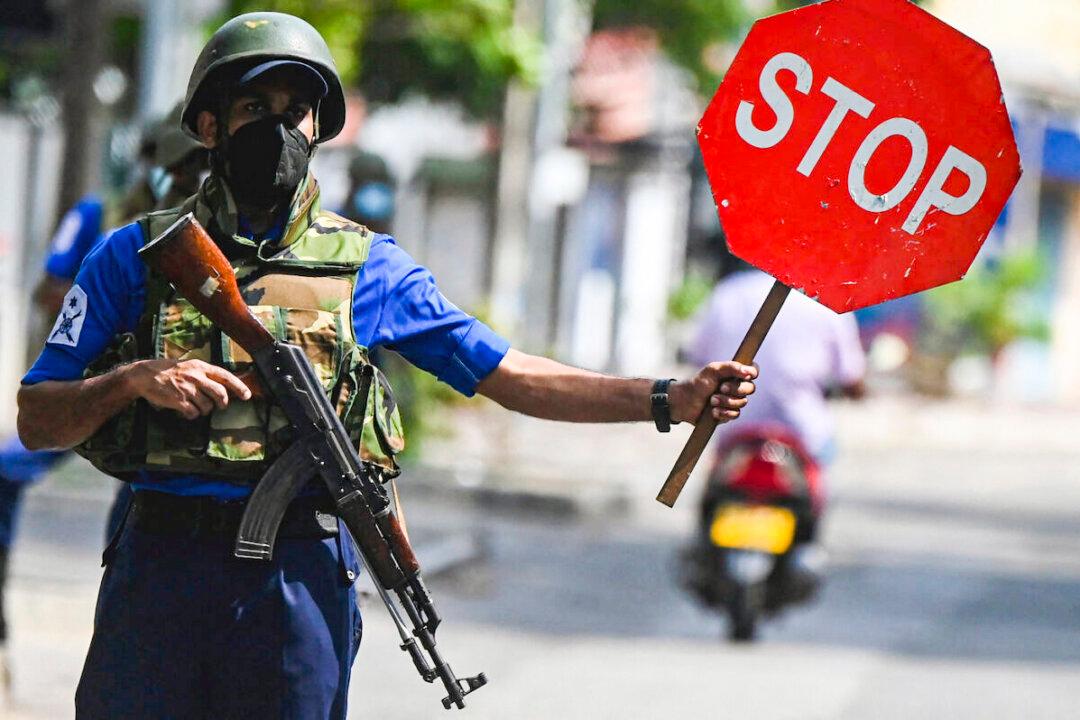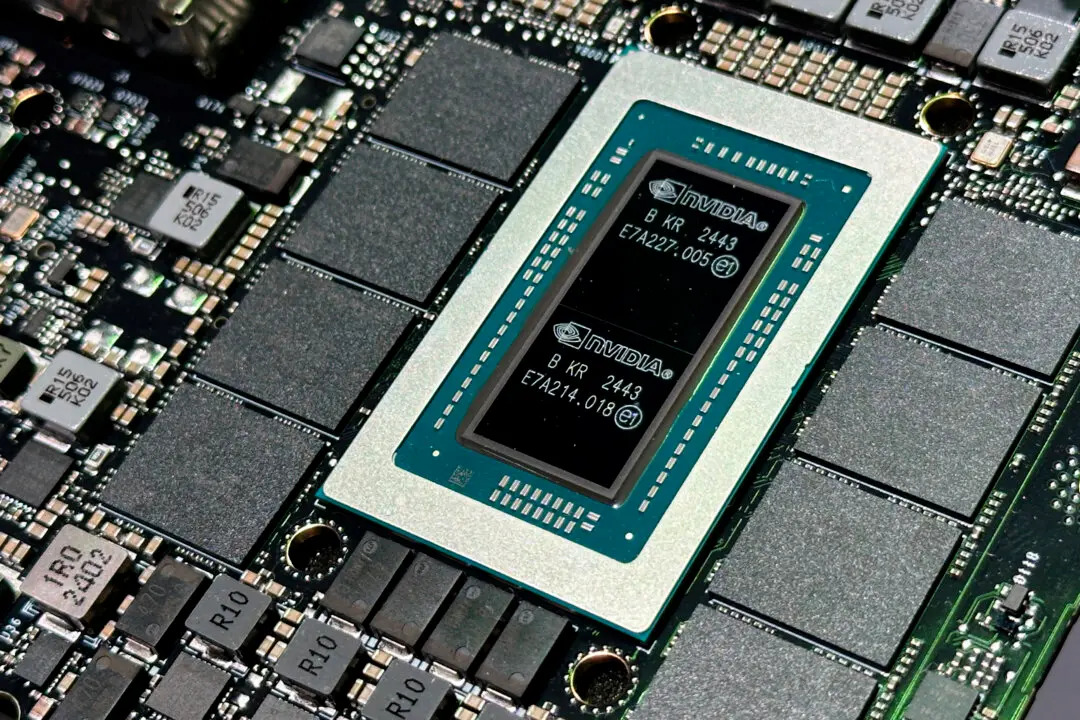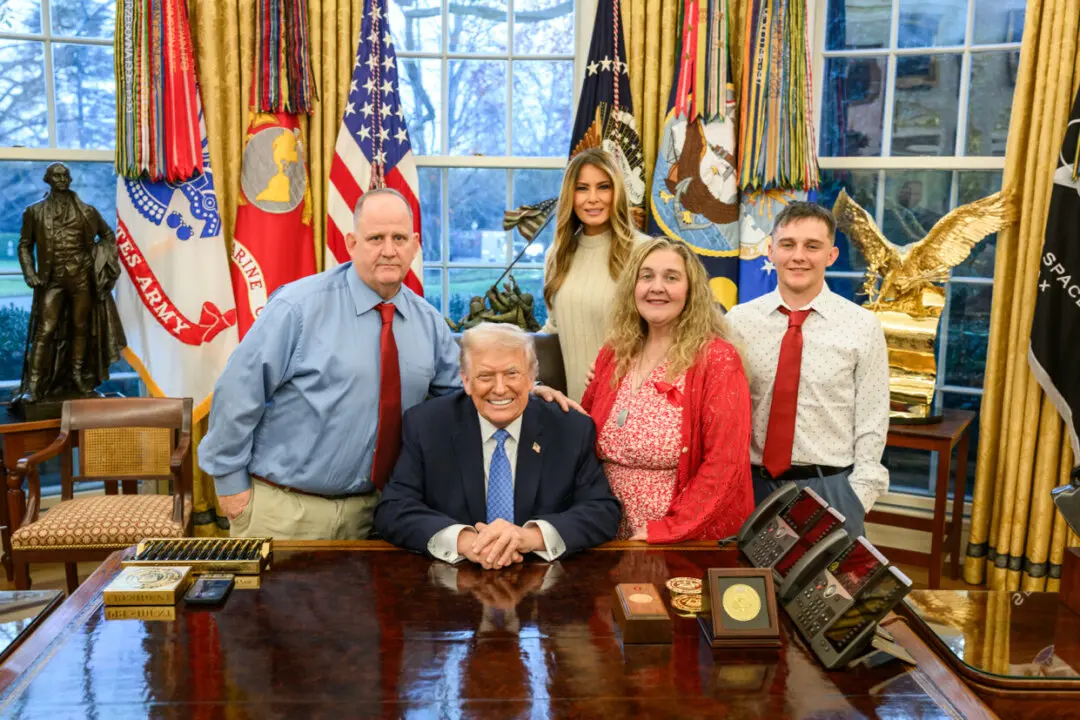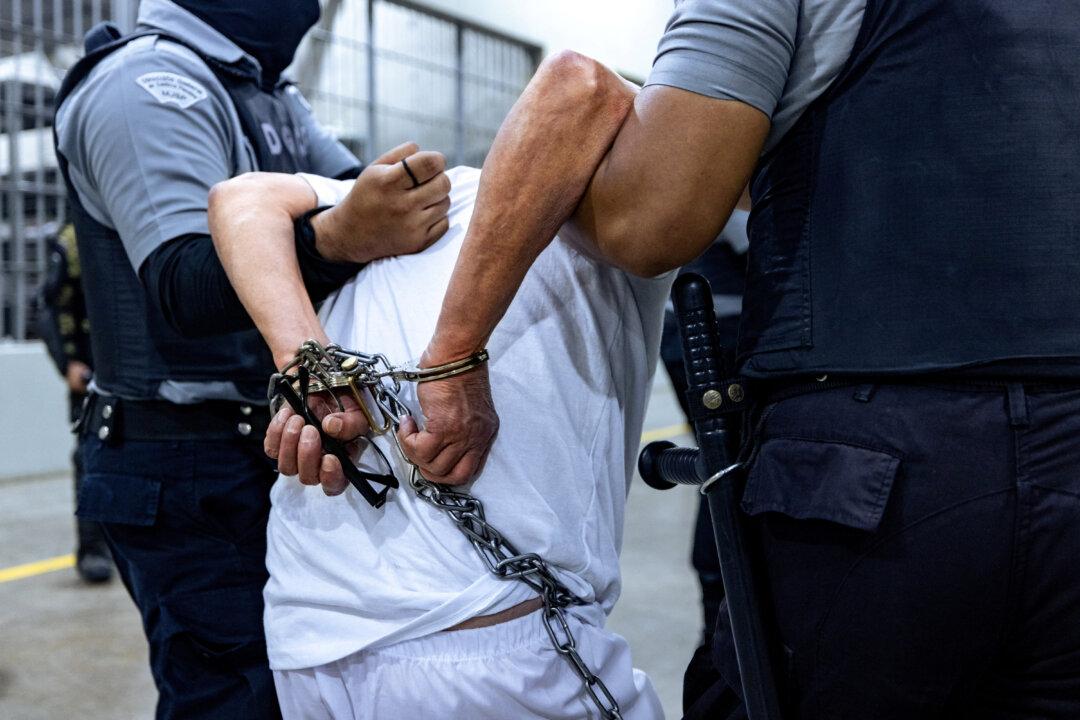Sri Lanka has ordered its armed forces to shoot anyone seen looting public property or causing damage in the aftermath of violent protests that killed eight people, including a ruling-party member of parliament.
“Armed forces have been ordered to open fire at anyone looting public property or causing harm to others,” the defense ministry said in a statement on May 10.





